Kieran Milne is currently studying fine art at Duncan of Jordanstone and is going into his fourth year. Working in multi-disciplinary fashion, Milne’s work ranges from large sculptural pieces to printmaking, performance and he is also a founding member of the bi-monthly art zine Plastik. Milne kindly shares his highlights from this year’s DJCAD Degree Show.
The build up to the degree show is always an exciting time at any art school; there is a palpable mix of nervous tension and creative energy flying around the corridors. There are always tears during install week, but these are soon brushed aside as the young artists knuckle down to finish what needs to be done.
The opening night acts as an orgasmic release to the weeks of tension. Results are in, awards are given and the newest crop of emerging artists take to their favourite drinking holes and clubs to celebrate the last four years of hard graft.
Daniel Dowling’s (fine art) sculptural work on show comprises a delicate balance of a keen aesthetic eye and a mature material sensibility. Dowling’s use of ceramics, casting and delicate pigment powder evoke natural textures and forms. Strange twisting forms bring to mind branches or antlers and sheets of textured plaster scales conjure up the rough surface of pine bark. Dowling’s work manages that intangible quality of drawing inspiration from an idea or form but not seemingly being “about” that thing, leaving space for personal interpretation and room for thought.
Struan Teague’s* (fine art) dynamic range of works takes this to the next level, his combination of monumentally large paintings, smaller prints and artist books are a more than competent exercise in pure abstraction and beautiful, gestural mark making. Really great painting is hard to find these days but Teague has seemed to nail it. Flicking through his various books and publications it is easy to see why, this young man is incredibly prolific in his field and his range of experimentation with his work bodes well for the future of his practice.
This example of masterful handling in a chosen medium is continued in the short film Solium by Michael Hunter and Robbie Gray (Time based art and Digital Film). Solium consists of several short vignettes linked together by a man and his bathtub. Odd as it may sound, the rich, all encompassing soundscape and beautifully directed shots combine into a magic and surreal journey through various landscapes including a fantastical mist filled forest, a lonely beach and a hilltop in the grips of late winter.
Another from the Time Based Art crop is Lewis Bissett’s tongue in cheek ode to the freemasons by way of the Scottish young team subculture. Bissetts’s work consists of an abstracted shrine setting with plaster cast footballs painted in popping primary colours, a strange eye at the top of a pole, conjuring images of the all seeing eye of the freemasons, alongside three stained glass windows and a banner depicting the insignia of the “New Young Masons”. On the ground are strange marks reminiscent of football pitch markings. Bissett’s work seems on one hand to build up the glory of his invented narrative but on the other highlights the faded grandeur of Masonic Lodges with faux-marble decorations and reclaimed church pews.
One of the standout sculptural pieces on display is David Mackay’s Standing Reserve. This formidable sculptural work consists of a monumental electricity pylon fabricated in wood, its form twisted and drooping in a state of impotency. The structure is accompanied by a twisting rope protruding from one of its arms with a wax-cast insulator attached to the end. In the background a soundscape plays, an electrical distortion and low hum building up over the ten or so minutes it lasts to a crescendo of bleeps and buzzing, it evokes imagery of this structure twisting, bending and creaking. The ambition in this piece and its command of the space it inhabits is what makes it stand out in the show and will no doubt make an impact in the RSA New Contemporaries exhibition next year for which it was selected.
Another of this year’s crop selected for the New Contemporaries, alongside Teague, Hunter and Gray is Fine Art’s Koren Dumbleton**. Her macabre installation Lavinia consists of an atmospherically lit space inhabited by a number of abstract torsos suspended from two sets of monkey bars. The grim spectacle brings to mind both an abattoir and a children’s playground and the result is unsettling.
Amongst the other awards and opportunities up for grabs at the degree show is the Scottish Sculpture Workshop’s Graduate Residency award and this year it was granted to Fine Art’s Lotte Fisher. Stepping into Fisher’s space you are confronted by a narrow corridor flanked by wooden panels, the low ceiling forces you to stoop slightly as you emerge into a bright space occupied by miniature houses and the small figures who seem to occupy them. As you turn around to observe your entrance to this fantastically whimsical world the bulk of Fisher’s work is revealed in what appears to be a hillside growing out of the gallery wall. Dotted with more small scale structures, sculpted animals and mounds of moss this work was definitely a crowd favourite on the opening night.
There are many and more works on display which are worthy of their own reviews and these are but a small selection from them. The show is on until the 31 May and I would urge you to go along and take in all the hard work these talented bunch have put in over their four years. For more information, visit here.
For more about Kieran Milne, view his website here.
*See more work by Struan on Central Station here.
**Koren wrote last year’s DJCAD Degree Show review which you can view here.
More: Website | Facebook | Twitter
//////
For more events, see our Weekly Bulletin here.


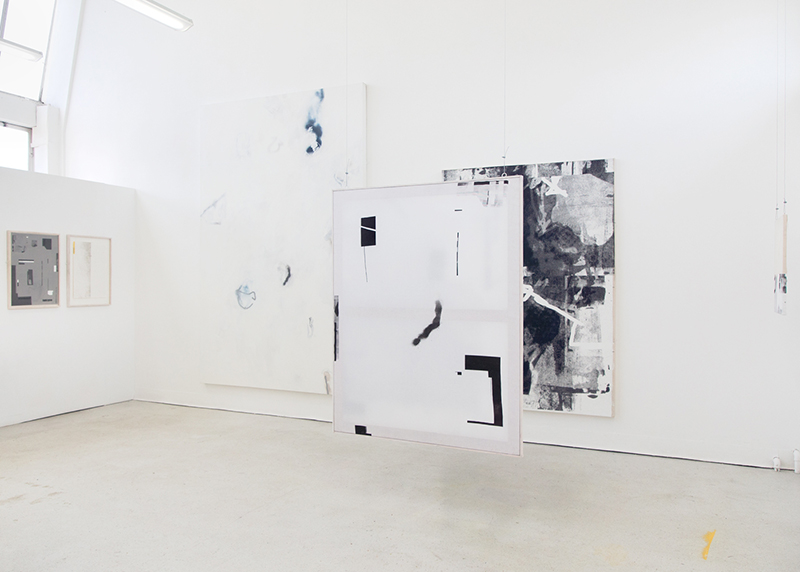
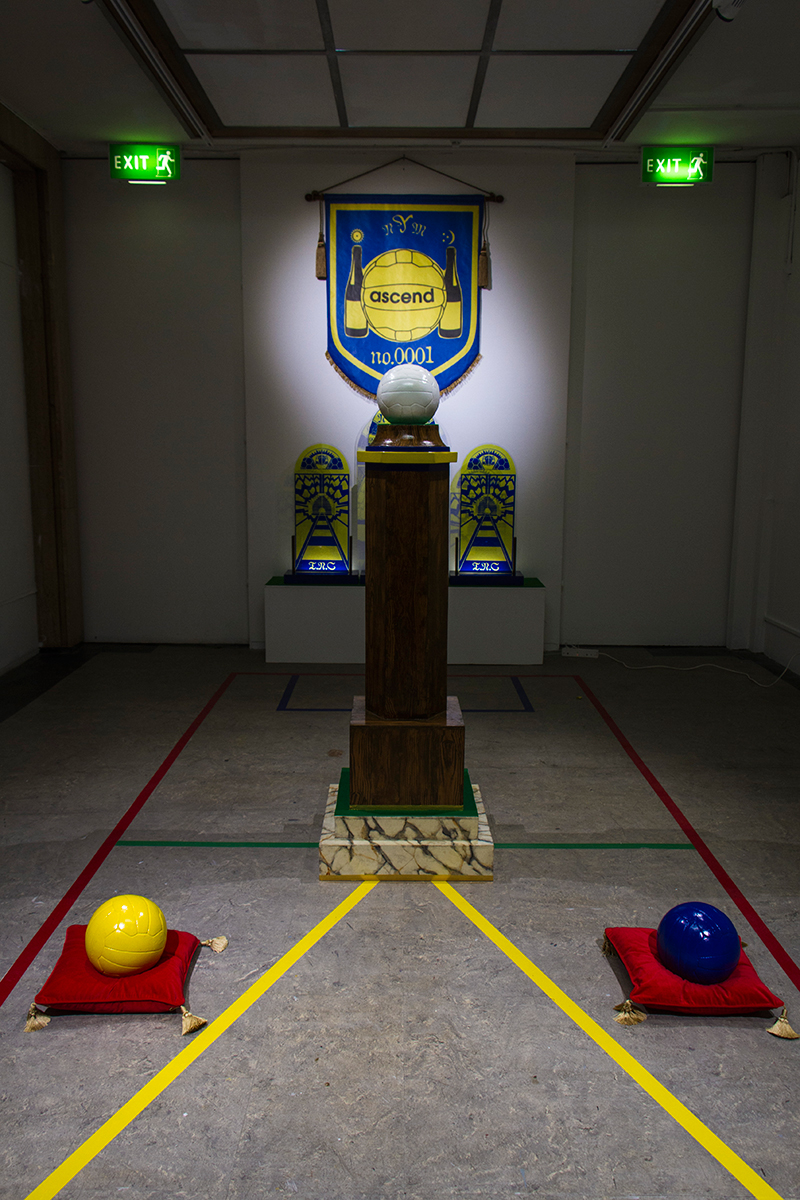
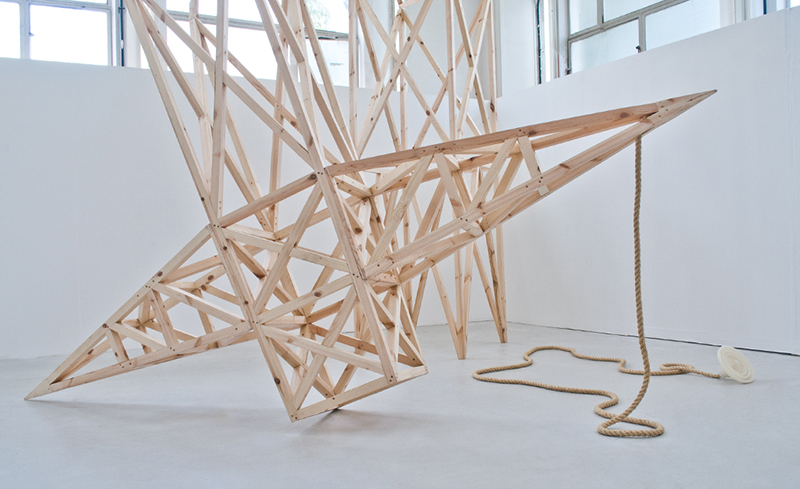
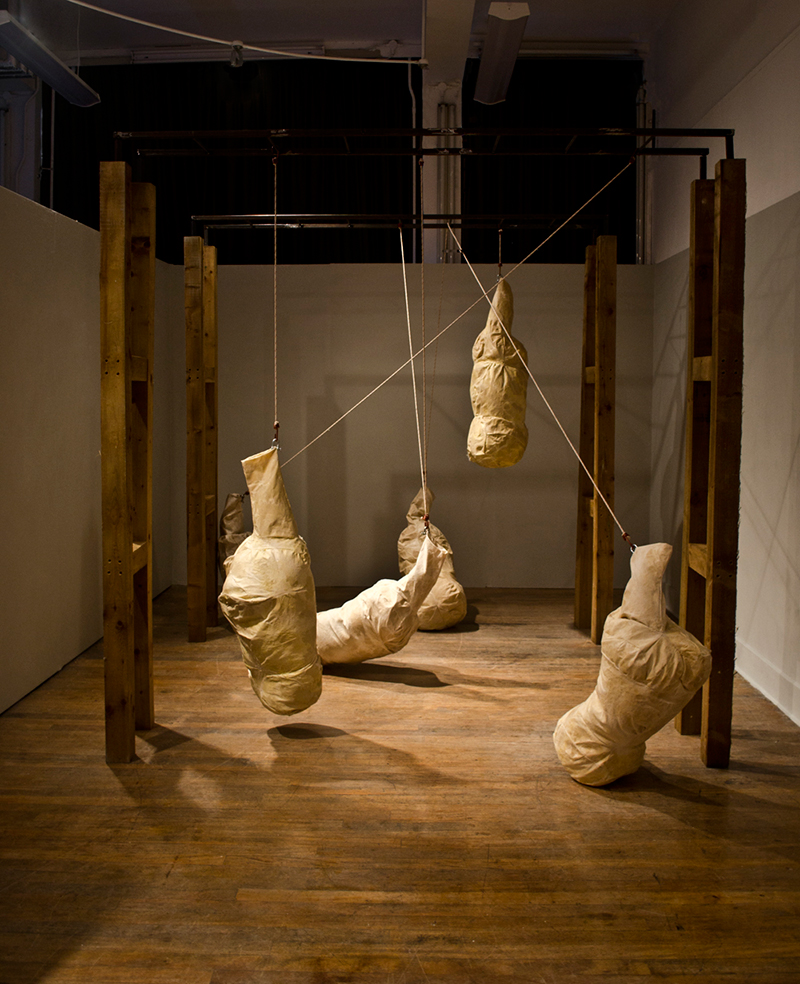
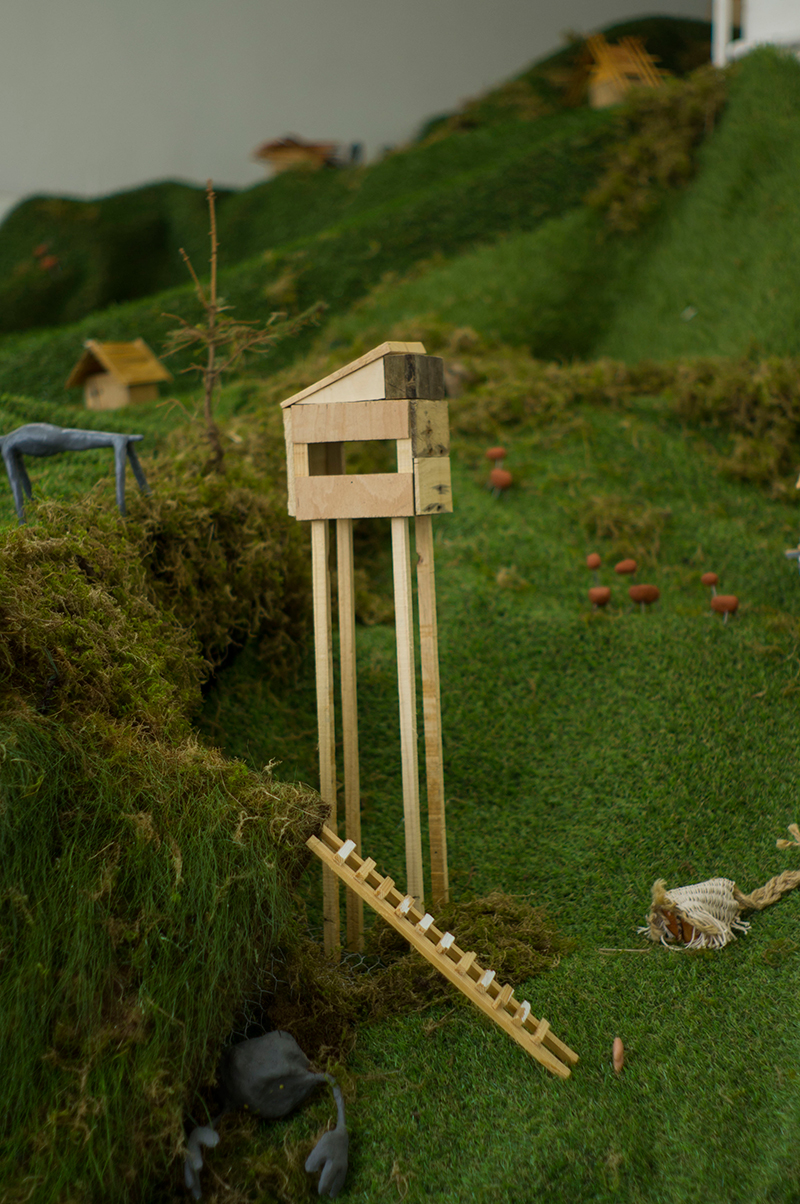
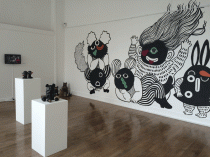

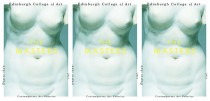









Comments